Blog
Motion Activated Sprinklers: Your Secret Eco-Friendly Weapon
- Garden
- 10
- 0
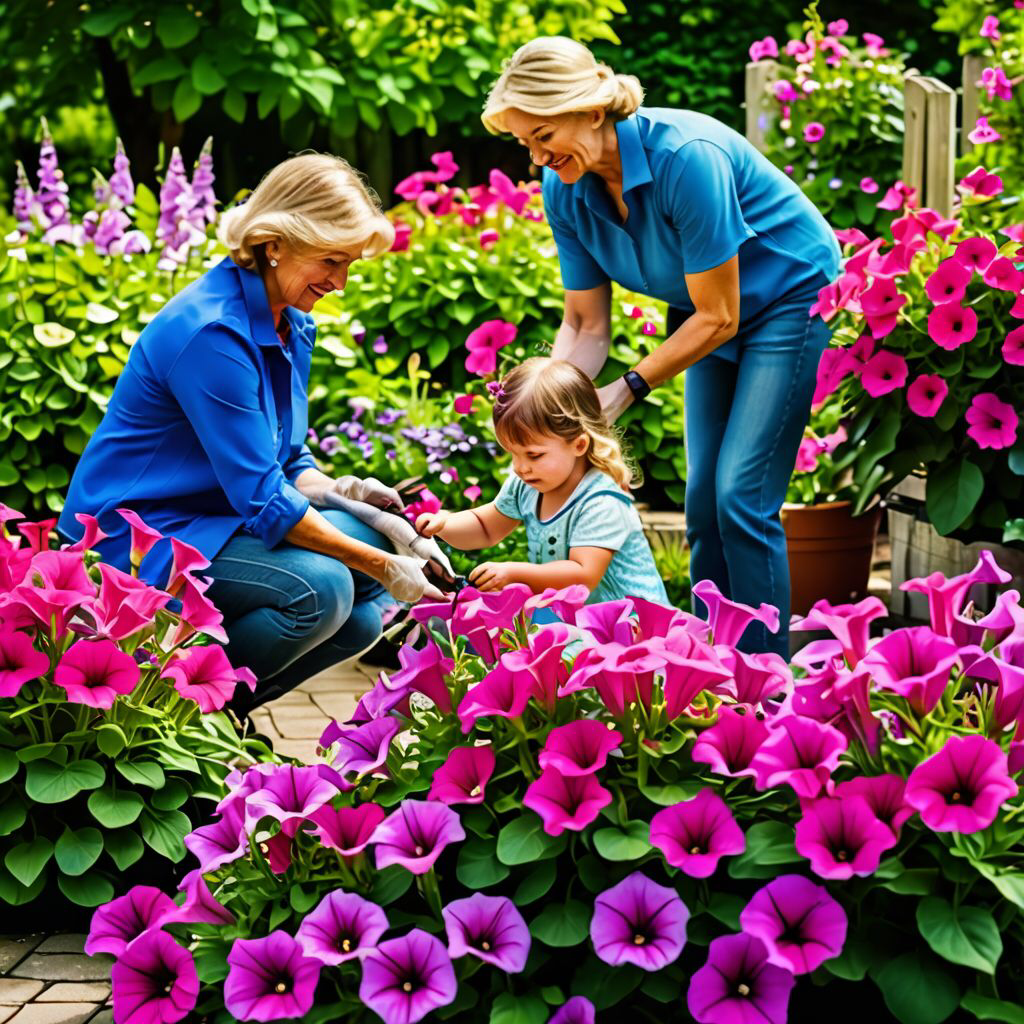
Table of Contents:
1. Introduction
2. The Problem with Critters in Your Yard
- 2.1 Common Unwanted Pests in Winnipeg
- 2.2 Damages Caused by Critters
3. Overview of the Yard Enforcer
- 3.1 Features and Specifications
- 3.2 How It Works
4. Benefits of Using It
- 4.1 Eco-Friendly Solutions
- 4.2 Cost-Effective Pest Control
5. Comparison with Other Pest Control Methods
- 5.1 Traditional Methods
- 5.2 Other Motion Activated Sprinklers
6. Real-Life Case Studies from Winnipeg Homeowners
- 6.1 Success Stories
- 6.2 Customer Testimonials
7. Installation and Maintenance Tips
- 7.1 Setting Up Your Sprinkler
- 7.2 Maintenance Best Practices
8. Integrating the Sprinkler With Other Yard Services
- 8.1 Yard Maintenance Winnipeg
- 8.2 Using Organic Lawn Care Products
9. Conclusion
Having a serene and beautiful yard is a dream for every homeowner in Winnipeg. However, this dream can quickly turn into a frustration when unwanted critters invade your green space. Whether it’s rabbits munching on your favorite flowers or raccoons digging up your garden, these furry nuisances can wreak havoc on your carefully maintained landscape...
Rooftop Snow Removal Winnipeg:
- Snow Removal
- 13
- 0
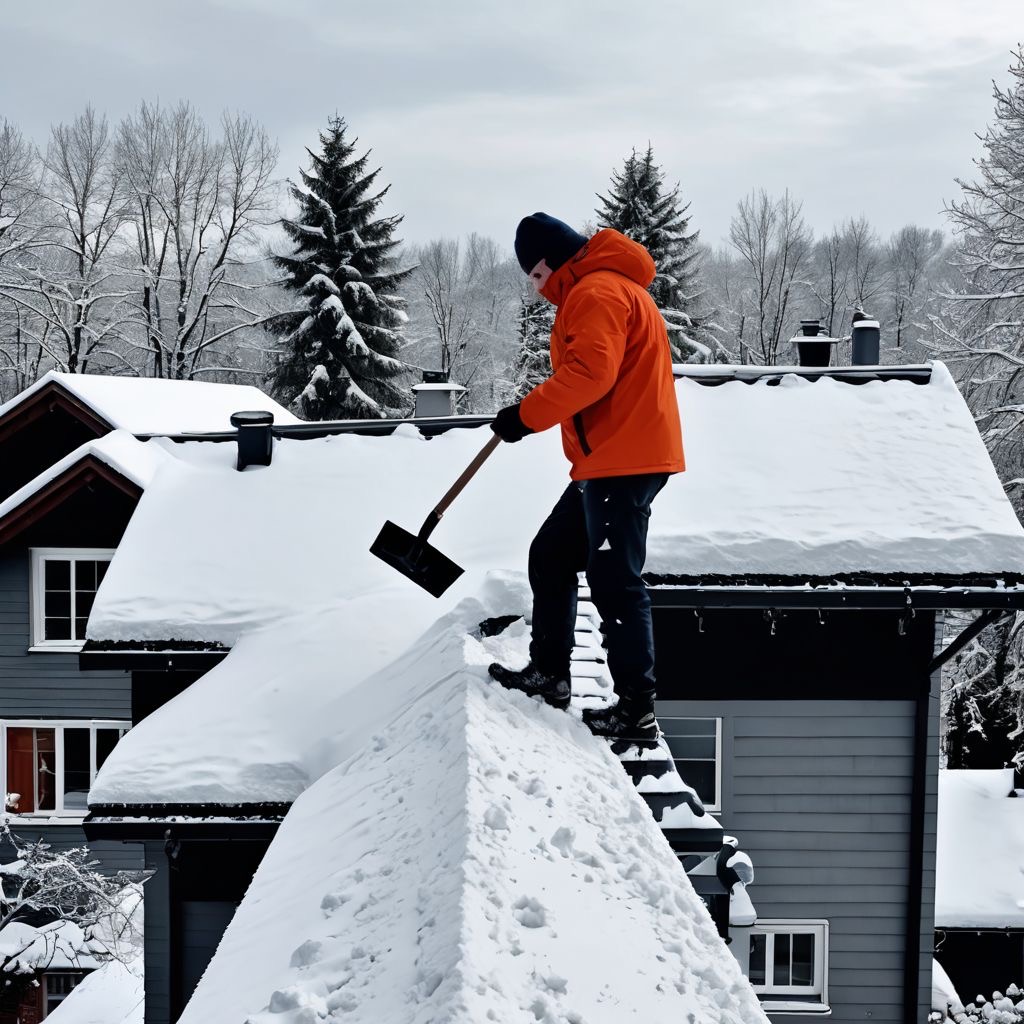
Rooftop Snow Removal Winnipeg:
Table of Contents:
1. Introduction
2. Understanding Rooftop Snow Accumulation
3. Recommended Tools
- 3.1 Basic Tools
- 3.2 Advanced Equipment
4. Technique: How to Safely Remove Snow from Your Roof
5. Safety Considerations and Best Practices
6. Statistics of Safety and Mortality
7. DIY vs. Hiring a Professional: Cost-Benefit Analysis
8. Conclusion
Ah, winter! That magical time of year when snowflakes fall gracefully from the sky, transforming our mundane world into a winter wonderland. Sure, it’s great for snowball fights and hot cocoa by the fire, but it can also lead to a hefty dilemma for homeowners—snowfall on the roof. Yes, while we’re building snowmen and crafting five-star angels, our rooftops might be quietly accumulating a thick layer of the white stuff, potentially leading to winter woe...
Winnipeg Vertical Gardens
- Garden
- 104
- 0
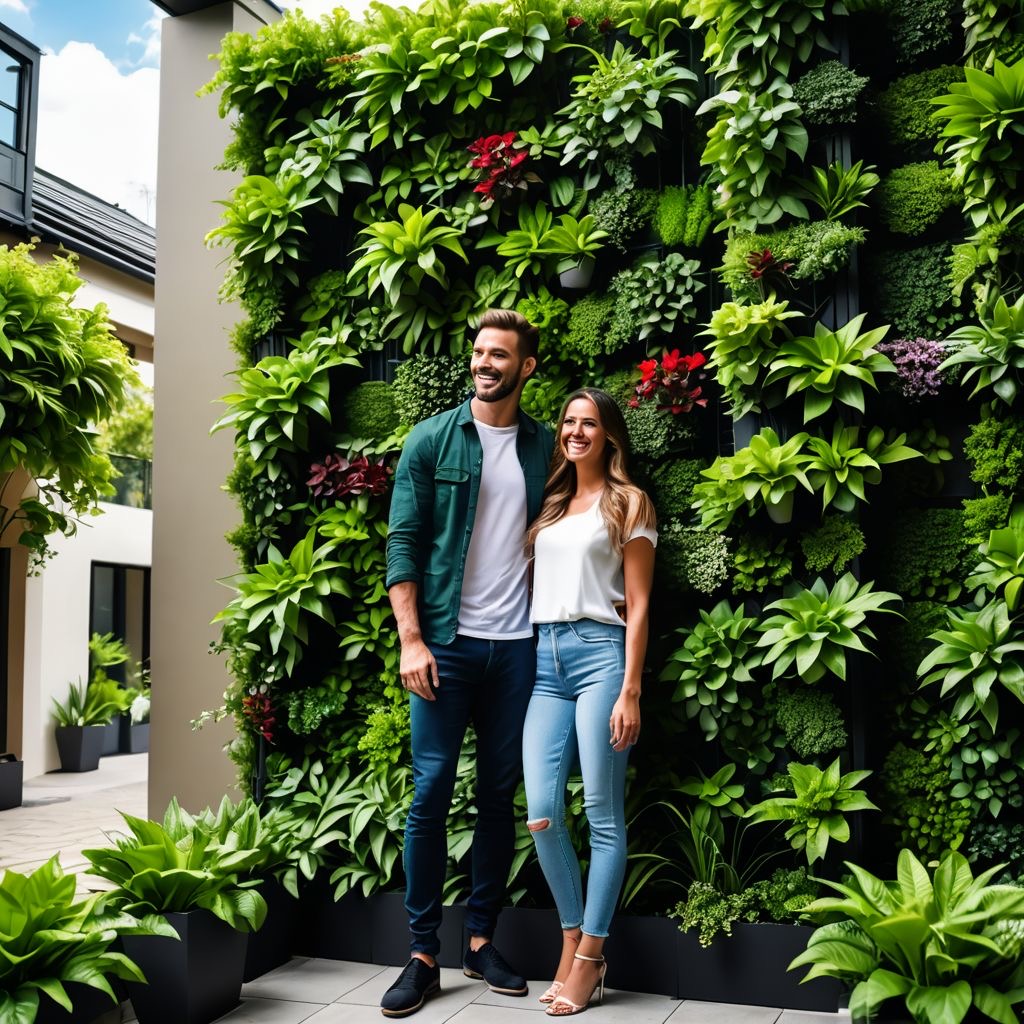
Table of Contents:
1. Introduction
2. Understanding Vertical Gardens
- 2.1 Defining Them
- 2.2 Their History
3. How They Are Different From Traditional Gardens
- 3.1 Space Utilization
- 3.2 Maintenance Differences
- 3.3 Aesthetic Considerations
4. How to Create a Vertical Garden
- 4.1 Planning Yours
- 4.2 Choosing the Right Location
- 4.3 Selecting Suitable Plants
- 4.4 Building the Structure
- 4.5 Maintenance Tips
5. Benefits
- 5.1 Space-Saving Advantage
- 5.2 Improved Air Quality
- 5.3 Aesthetic Enhancement
- 5.4 Accessibility
6. **Popular Plants for Yours
- 6.1 Herbs and Vegetables
- 6.2 Flowers
- 6.3 Foliage Plants
7. Incorporating them into Your Home and Landscape Design
- 7.1 Integration with Other Garden Ideas
- 7.2 How They Fit in Urban Environments
8. Conclusion
If you’re a homeowner in Winnipeg with a passion for creative gardening or simply looking to add a touch of greenery to your abode, you've probably come across the concept of vertical gardens. These trending green spaces are not just a feast for the eyes; they are an innovative solution to space limitations while offering a multitude of benefits...
Companion Planting in your Winnipeg Garden:
- Garden
- 90
- 0

Table of Contents:
1. Introduction
2. What is Companion Planting?
3. History
4. Benefits
- 4.1 Pest Control
- 4.2 Improved Soil Health
- 4.3 Enhanced Growth and Yields
- 4.4 Maximizing Space and Resources
5. Popular Pairings
- 5.1 Tomatoes and Basil
- 5.2 Carrots and Onions
- 5.3 Beans and Corn
- 5.4 Marigolds and Everything
6. Techniques
- 6.1 Intercropping
- 6.2 Trap Cropping
- 6.3 Succession Planting
- 6.4 Planting by Seasons
7. Common Mistakes
- 7.1 Ignoring Plant Needs
- 7.2 Overcrowding
- 7.3 Poor Timing
8. Practical Tips for Winnipeg Homeowners
- 8.1 Selecting the Right Plants
- 8.2 Utilizing Local Resources
- 8.3 Creative Garden Ideas
9. Designing Your Companion Planting Garden
- 9.1 Flower Garden Integration
- 9.2 Creating a Perennial Companion Plot
- 9.3 Incorporating Garden Planters
- 9.4 Vertical Gardening Techniques
- 9.5 Rotating Seasonal Use
10. Conclusion
Ah, gardening! There's something almost magical about digging your hands into the earth, planting seeds, and watching life unfold..
Using Sand to Improve Your Winnipeg Lawn?
- Lawn Maintenance
- 115
- 0
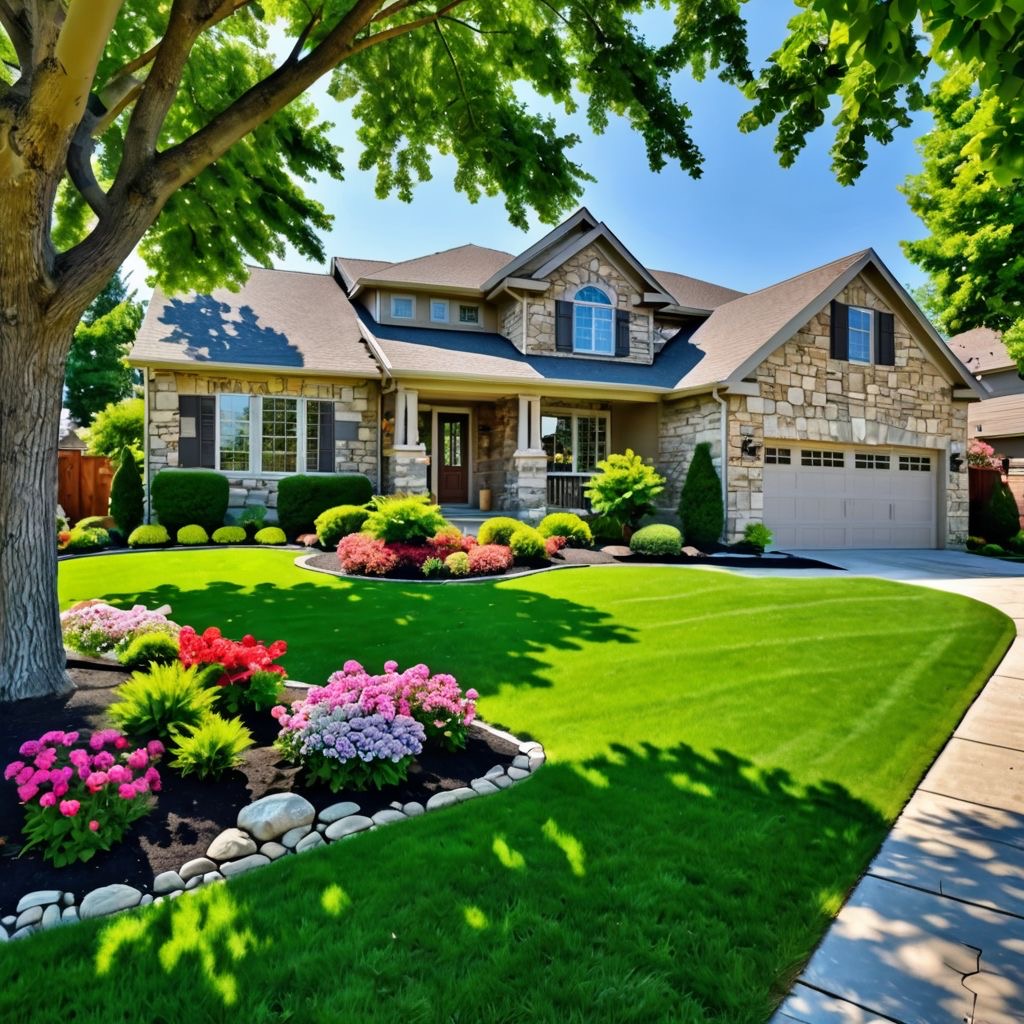
Table of Contents:
1. Introduction
2. What Makes a Healthy Lawn?
3. The Role of Sand in Lawn Care
4. Types of Sand Recommended for Lawn Improvement
5. How Much Sand Should You Use in Your Landscape?
6. Application Techniques
7. Expected Results of Using Sand on Your Lawn
8. DIY Lawn Sanding vs. Hiring a Professional Lawn Care Company Near Me.
9. Conclusion
When it comes to yard care, many of us have good intentions. Whether you’re the proud owner of a sprawling backyard in Winnipeg or managing a small plot of grass that seems to have gotten a little out of hand, the journey towards a lush, green outdoor carpet often feels like an uphill battle. You may have tried everything from organic fertilizers to specialized weed control, and yet, the quest for that perfect green continues. Here’s where the age-old question pops up: “Is it a good practice to use sand to improve your grass?"
Incorporating Perennials and Annuals in Your Winnipeg Landscape Design
- Garden
- 143
- 0

Table of Contents:
1. Introduction
2. Understanding the Basics: Annuals and Perennials
- 2.1 What are Annuals?
- 2.2 What are Perennials?
3. Choosing the Right Plants for Your Winnipeg Landscape Design
- 3.1 Climate Considerations
- 3.2 Soil Quality and Preparation
- 3.3 Light Requirements
4. Best Combinations of Annuals and Perennials
- 4.1 Seasonal Color: Maximizing Impact
- 4.2 Themes and Styles
5. Practical Tips for Incorporating Annuals and Perennials in your Winnipeg Garden Design
- 5.1 Planning Your Garden Layout
- 5.2 Companion Planting: Enhancing Growth and Aesthetics
- 5.3 Unique Flower Bed Designs
6. The Role of Perennial Herbs in Your Garden
- 6.1 Benefits of Growing Herbs
- 6.2 Popular Perennial Herbs to Consider
7. Conclusion
Welcome fellow gardening enthusiasts, plant lovers, and curious Winnipeg homeowners! Today, we embark on an exploration of two essential pillars of the garden design universe: annuals and perennials...
The Rodale Institute: Sustainable Practices Winnipeg-Style
- Lawn Maintenance
- 165
- 0

Table of Contents
1. Introduction
2. What is the Rodale Institute?
3. History and Founding
4. Headquarters and Locations
5. Funding Sources
6. Goals
- 6.1 Research Initiatives
- 6.2 Education and Outreach
- 6.3 Advocacy and Policy
7. Achievements and Impact
8. Creating Sustainable Gardens: Practical Tips for Winnipeg Homeowners
- 8.1 Planning Your Winnipeg Garden
- 8.2 Choosing the Right Plants
- 8.3 Implementing Composting Techniques
- 8.4 Garden Ideas for Sustainability
- 8.5 Yard Maintenance Tips for Winnipeg Homeowners
9. Challenges Faced and Future Directions
10. Conclusion
Welcome, green thumbs and budding botanists! Have you ever stumbled into your local botanical garden, breathing in the fragrant aromas of blooming flowers and fresh topsoil, dreaming of transforming your home garden into a vibrant sanctuary? If so, you’re not alone! Gardening is a joy that nurtures the soul and the earth...
Driveway Design Ideas to Up Your Winnipeg Home's Curb Appeal
- Stone & Hardscaping
- 150
- 0

Table of Contents:
1. Introduction
2. The Importance of Curb Appeal
1. Understanding Curb Appeal
2. Why Curb Appeal Matters
3. Top 10 Landscape Design Ideas for Driveways
#1. Traditional Paving Bricks
#2. Concrete Designs
#3. Gravel Driveways
#4. Permeable Pavers
#5. Decorative Asphalt
#6. Stamped Concrete
#7. Cobblestone Elegance
#8. Radiant Heat Driveways
#9. Integrated Landscaping
#10. Eco-Friendly Driveways
#11. Custom Borders and Edging
#12. Innovative Lighting Solutions
4. Practical Tips for Driveway Installation
1. Finding the Right Landscaping Contractors
2. DIY vs. Professional Installation
3. Maintenance Considerations
5. Conclusion
Welcome to the world of curb appeal, where your driveway isn’t just a place to park your car but an essential element that sets the tone for your entire property! Imagine stepping out of your house and being greeted by a spectacular driveway that not only serves its purpose but also makes a statement...
Top 10 Eco-Friendly yard practices in Winnipeg
- Landscaping
- 172
- 0
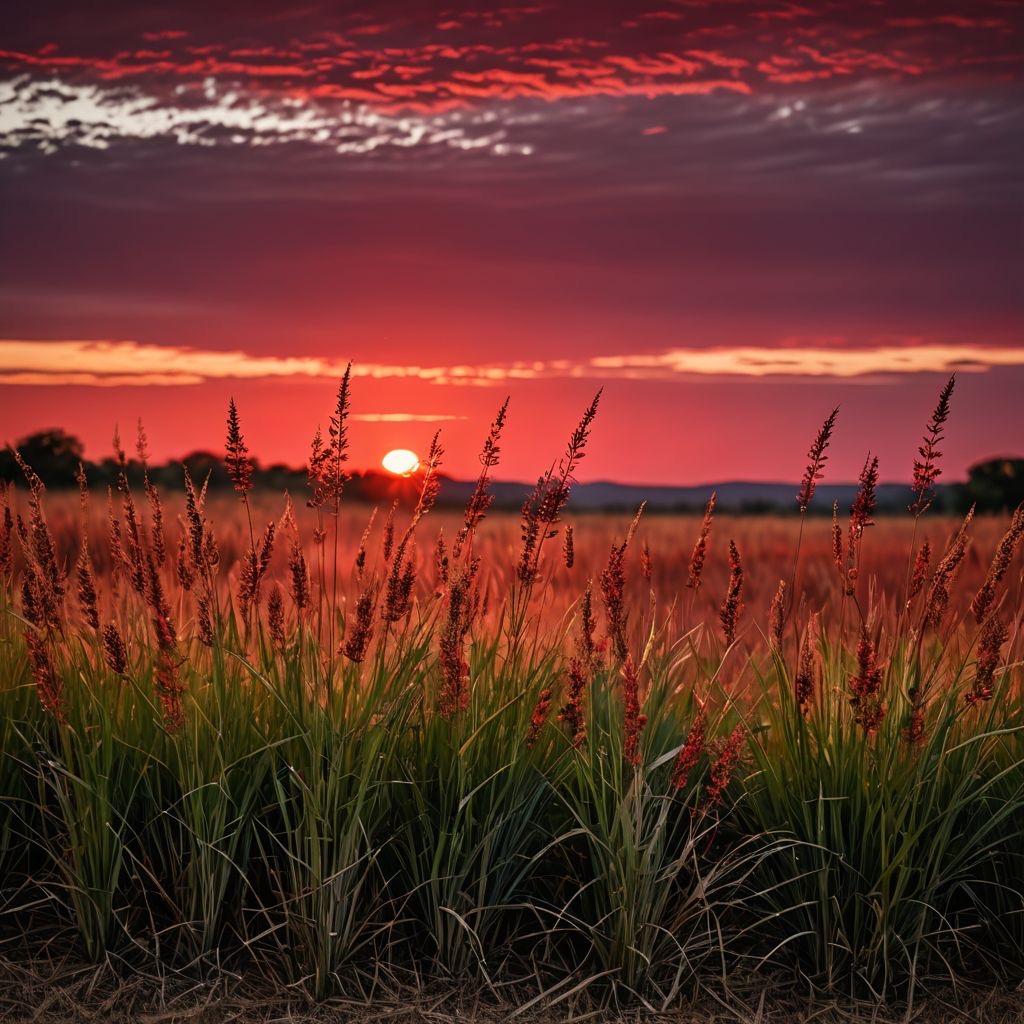
Table of Contents:
1. Introduction
2. #1. Embrace Native Plants
3. #2. Create a Compost Bin
4. #3. Practice Organic Lawn Care
5. #4. Implement Mulching Techniques
6. #5. Encourage Pollinators
7. #6. Consider Rainwater Harvesting
8. #7. Aeration and Healthier Soil
9. #8. Go for Natural Lawn Weed Control
10. #9. Use Organic Lawn Fertilizers
11. #10. Optimize Lawn Care with the Most Trusted Lawn Maintenance companies Winnipeg Has to Offer
12. Conclusion
In a world increasingly aware of the impacts of climate, pollution, and biodiversity loss, being eco-friendly is more than just a trend; it is a vital part of how we ought to live and interact with our environment...
Transform Your Winnipeg Landscape with Regular Gravel
- Landscaping
- 209
- 0
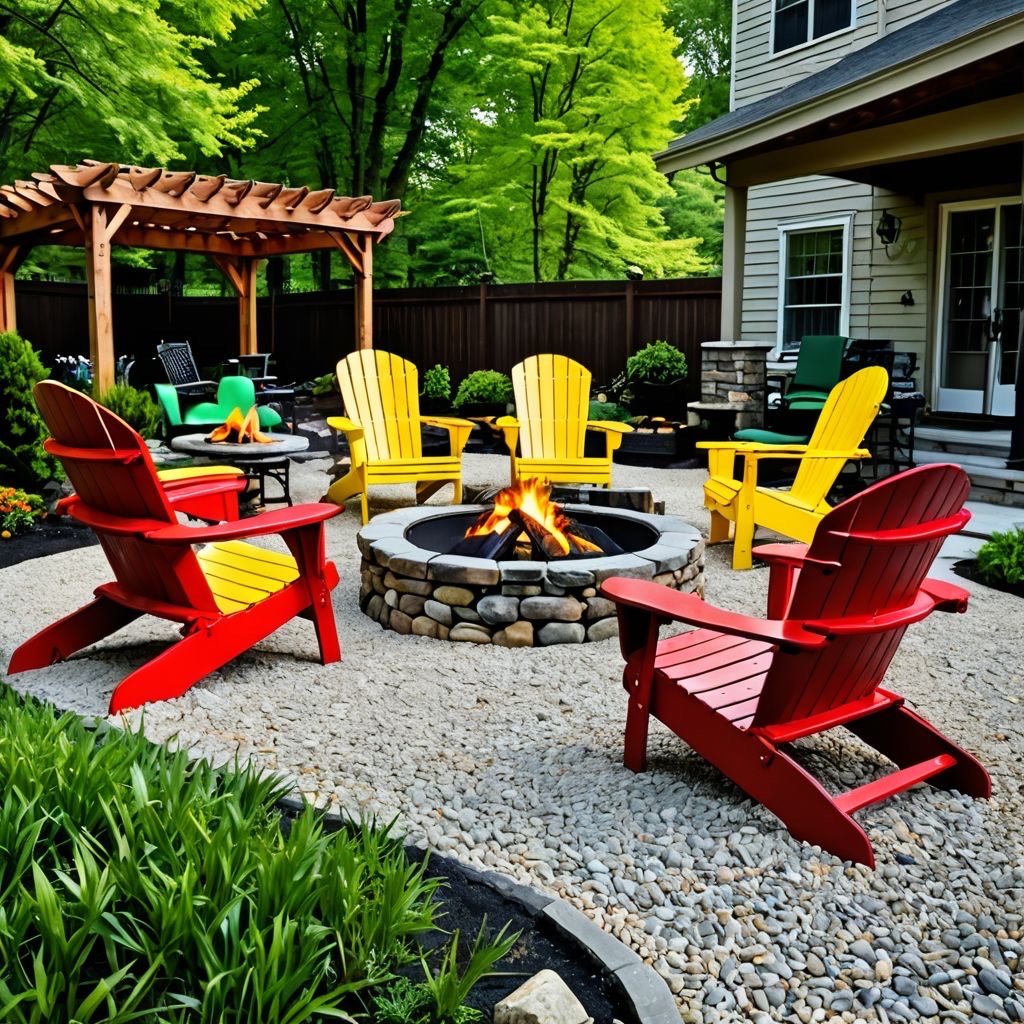
Table of Contents:
1. Introduction
2. The Versatility of Gravel in Landscape Design
2.1. Types of Gravel and Their Uses
3. Enhancing Your Outdoor Aesthetics
3.1. Gravel Patios: A Stylish and Functional Option
3.2. Gravel as a Compelling Hardscape Element
4. Gravel Maintenance: Keeping Your Landscape Pristine
4.1. Tips for Regular Maintenance
5. Integrating Gravel with Other Landscaping Features
5.1. Combining Gravel with Plants and Water Features
5.2. Creating Unique Flower Bed Designs with Gravel
6. Gravel for Pool and Patio Landscaping
6.1. Improving Safety and Functionality
7. The Environmental Benefits of Using Gravel
8. Practical Tips for Selecting and Installing Gravel
8.1. Choosing the Right Gravel for Your Project
8.2. installation Steps for a Gravel Patio
9. Working with Landscaping Contractors
9.1. Finding the Best Landscaping Companies in Winnipeg
10. Conclusion
Consider incorporating gravel into your outdoor design. These little champions add not only style but also practicality to your Winnipeg landscape. Whether you're looking to upgrade your patio design, create stunning flower beds, or find efficient ways to enhance your backyard landscape design, these crushed stones will take your outdoor space to the next level. They serve as an attractive base for decorative pathways, charming patios, and even vibrant gardens.
Search
Categories
Archive
Subscribe to Our Newsletter
Stay Connected with Sunshine Landscaping!
Get expert landscaping tips, seasonal maintenance advice, exclusive offers, and the latest updates—delivered straight to your inbox! Sign up today!

